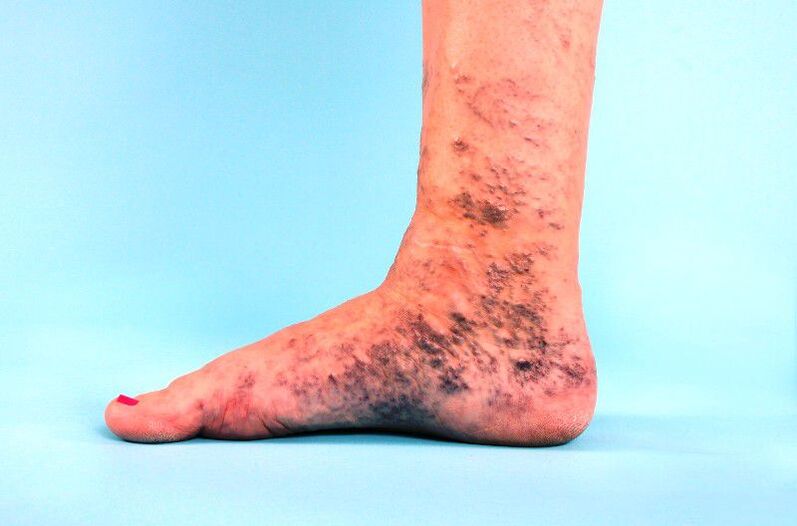
Varicose veins of the legs are one of the most common diseases, occurring in a large number of women of all ages. Men also suffer from this, but much less often. With such symptoms, people very rarely turn to medical professionals immediately. Everyone is trying to heal themselves, considering all this as temporary manifestations. Varicose veins of the foot are often confused simply with an overloaded body, which is tired from daily work and a heavy schedule.
The peculiarity of varicose veins in the legs is such that the treatment helps especially well only in the early stages of the disease, but not in the last, when every day there are more and more manifestations. If everything is left to chance, then surgery is needed in the final stages. The disease gradually progresses. Especially if it goes along with venous insufficiency.
In varicose veins of the lower extremities, the symptoms disappear with pathological dilation and hemodynamic disorders. Venous valves do not work well. Over time, all of this worsens with thrombophlebitis, phlebothrombosis, and pulmonary thromboembolism.
The onset of the disease
The first symptoms of varicose veins in the legs are associated with improper action of the valves of the veins, which leads to reflux of blood. Endothelial cells receive a signal from the slowed blood flow. Leukocytes are installed on them. Thus, the process of inflammation begins in the vascular walls, which pass through the vein. The inflammatory process catalyzes disorders of the venous walls.
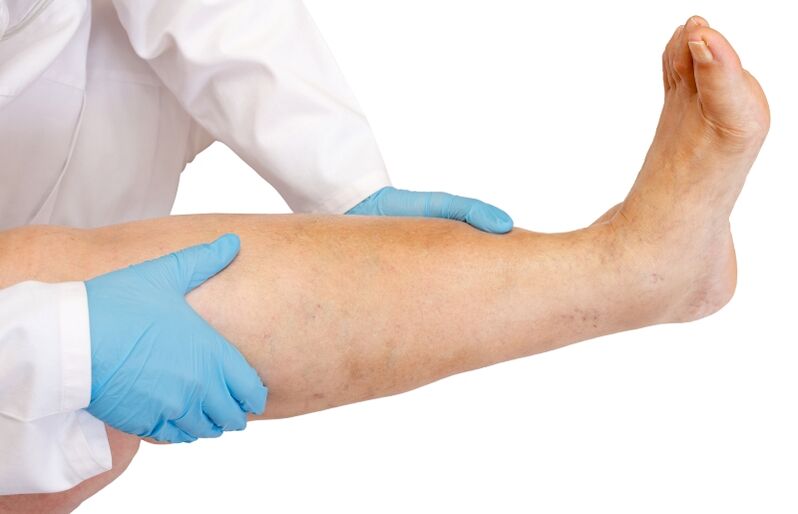
All the pressure is stronger in the venous valve system. To begin with, the lesion is seen in the areas with the greatest load - perforating vessels and large and small subcutaneous veins. Then the channel begins to fill above the norm. This is where the redistribution of venous blood in the walls continues. And below, more often, there are many more of them. All this volume smoothly reaches deep veins, where it stretches everything in its immediate environment. Dilation and venous insufficiency of the valvular areas occur.
Reasons
Phlebologists identify a number of causes that cause pathologies in the work of the venous system. This may be due to a genetic predisposition and due to the combination of unpleasant effects on the human body. Hereditary characteristics are manifested not only in women but also in men. The disease can go inside for a long time, but does not manifest itself in any way. Then, due to some external catalyst, damage to the venous valves leads to the first manifestations on the skin.
The following important causes provoke disease:
- age parameters;
- hormone failure;
- diabetes;
- persistent constipation;
- periods after surgery or injury;
- alcohol and tobacco dependence;
- hypercoagulation and overweight;
- period of birth and pregnancy;
- underwear that presses certain parts of the body;
- long stay and heavy workloads;
- congenital defects of the circulatory system;
- living in conditions unsuitable due to the climate.
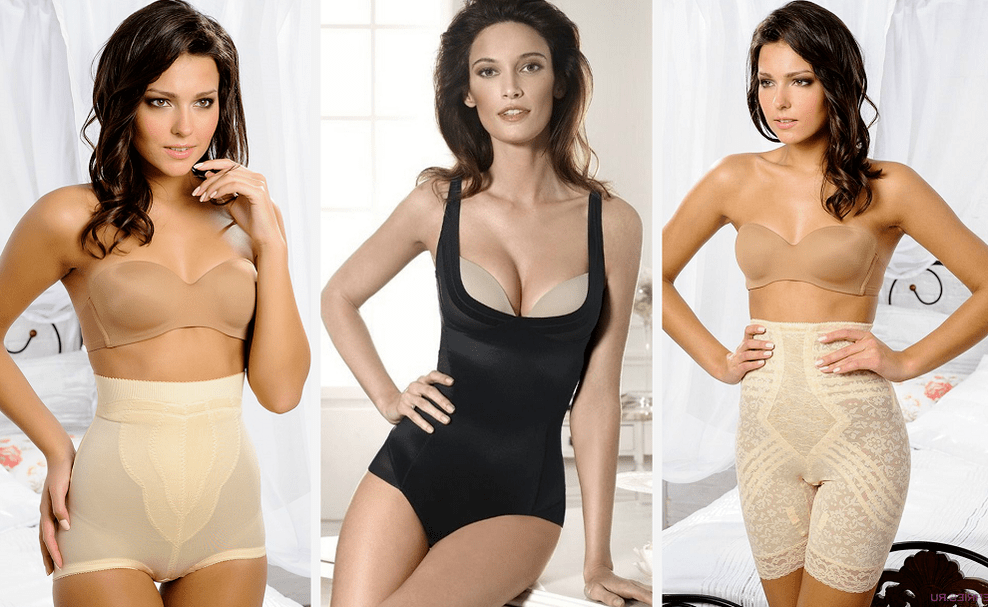
Symptoms
Diseases of the veins of the legs are not just blue discoloration with long paths in the form of a tree. They are also often called vascular stars. This is far from the first stage and even the name of such a phenomenon is - intradermal varicose veins. As we wrote earlier, this situation can occur due to a number of factors, including pregnant girls. The human body gradually recovers due to the influence of hormones. It is not dangerous, except for discomfort due to external manifestations. Young ladies do not like to see that they have a blue color on the outside. Such manifestations of inferior varicose veins can be eliminated with cosmetic devices, adjusting your diet, switching to recommended dietary products.
The bluish network most often indicates to the patient that there is a harmless type of varicose veins in the lower extremities.
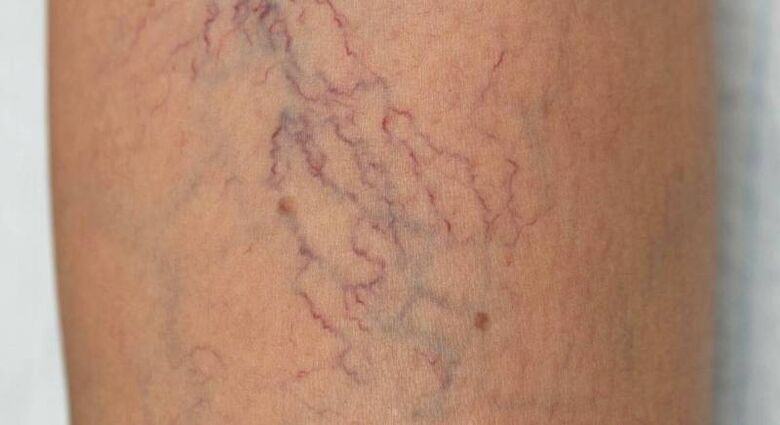
Human health does not suffer from this in any way, but it is still unpleasant to live with such a problem for a long time. Experts advise you to contact specialized cosmetic clinics, where you may be prescribed a course of treatment with herbs, lotions, gels and ointments. It is a combination of traditional medicine and classical clinical trials.
If any bumps or bumps have already protruded, then you should urgently consult a doctor. There can be no self-medication here. If there is pain in the legs with varicose veins, symptoms that are difficult for you to identify, then contact a physician. In general, it is very difficult to completely remove varicose veins of the lower extremities, the symptoms of the photo and treatment indicate this. In advanced situations, you should even seek help from the surgical ward, where you will undergo surgery. Beginning varicose veins of the legs are characterized by heaviness in the limbs, edema and some spasms. All these symptoms of varicose veins directly tell us that you have just such a case, which is treated only under the supervision of a doctor.
If you notice redness on the skin, feel discomfort when walking, see compacted vessel walls, feel a rise in temperature, this is already a serious disease called thrombophlebitis.
There is already a significant risk of health loss. If you do not pay attention to all these signs of varicose veins for a long time, then even a few deaths occur annually. Usually, in the case of a disease with current symptoms, the patient is immediately admitted to hospital for long-term treatment. Even if you have noticed only one symptom, then there is no need to wait for the weather by the sea. Urgently in the clinic and there she will be more visible.
Classification
In 2000, a classification with 4 degrees of varicose veins in the legs was proposed:
- Varicose veins in the skin of the segmental type. Venous discharges are not noticeable.
- Varicose veins of segmental nature with reflux.
- Varicose veins with reflux throughout the lower extremities.
- Varicose veins with varicose reflux with penetration into deep veins.
In addition, health professionals identify not only ascending pathological changes starting from the foot, but also descending - varicose veins start from the mouth of the subcutaneous vein.
When determining the type of disease, they also consider the level of venous insufficiency.
Zero - the disease is absent in humans, the first is heaviness in the legs, the second is a manifestation of edema, the third is persistent edema, eczema, increased pigmentation, lipodermatosclerosis, the fourth is the formation of trophic ulcers.
Diagnosis
Initially, the method of examination by a phlebologist is simply external, ie the doctor examines the external changes in the legs. It is very likely that an approximate diagnosis is already made at this stage, but it never ends there. They then carry out a number of general research and diagnostic procedures:
- Blood test;
- X-rays;
- rheovasography and duplex scanning;
- Doppler ultrasound and plethysmography.

Treatment
Varicose veins of the lower extremities are easily treated in the early stages. The whole procedure works to normalize blood circulation, blood flow and prevent any complications. All this helps to improve the general condition of the body. Therapeutic techniques are divided into two types.
Conservative therapy is most often used when the first signs of varicose veins appear in the legs. The skin is affected, but these are not any pronounced segments. Man continues to live an ordinary life. The disease does not fundamentally affect anything but the psychological state.
The surgical method is recommended when the disease manifests itself in large areas with clear lines, small bumps and ulcers. The recovery method often begins with minimally invasive procedures, but full-fledged surgery sometimes comes to the rescue when the case is extremely neglected.
Conservative technique
The patient is prescribed a complex course:
- Specialists are trying to get rid of all possible risks of disease progression. Varicose veins in the legs are examined by a phlebologist, who can put the patient for a clinical examination.
- They begin to struggle with adynamia. If there is no thrombosis, then you should actively engage in sports, evenly loading your body, vigorously training the lower extremities. The intensity is already being discussed with the physiotherapist. Most often they are forced to swim, run, ride a bike. It is recommended to wear sports underwear with additional compression. Before training, you should keep your legs raised for a few minutes. Patients are not recommended to engage in contact sports: martial arts, football, hockey. Elastic bandages are used for improved foot fixation.
- Compression stockings and elastic bandages are needed not only on sports fields. They try to treat the symptoms of varicose veins of the lower extremities. When used properly, venous circulation should be improved. This type of treatment is often prescribed for a limited period of time.
- Taking medication. The course of medication is prescribed for all stages of development of varicose veins. The pointless use of disease pills can only make the situation worse. The patient can get rid of all the bright manifestations on the legs for a month, if you follow the doctor's instructions. All prescribed drugs belong to different groups of drugs that have an anti-inflammatory effect and are associated with angioprotectors, phlebotonics, disintegrants or anticoagulants.
- Physiotherapy is always included in the complex to counteract the symptoms of varicose veins of the legs. All of them affect, above all, the restoration of the tone of the venous walls, lymphatic drainage and the improvement of blood circulation. A number of drugs are prescribed - from magnetic and laser therapy to pneumocompression and hyperbaric oxygenation. Often these are oxygen and mineral baths. If there are no contraindications and side effects, then the patient is prescribed massage activities. In addition, sometimes they can even be performed at home alone. They are also treated with hirudotherapy and apitherapy.
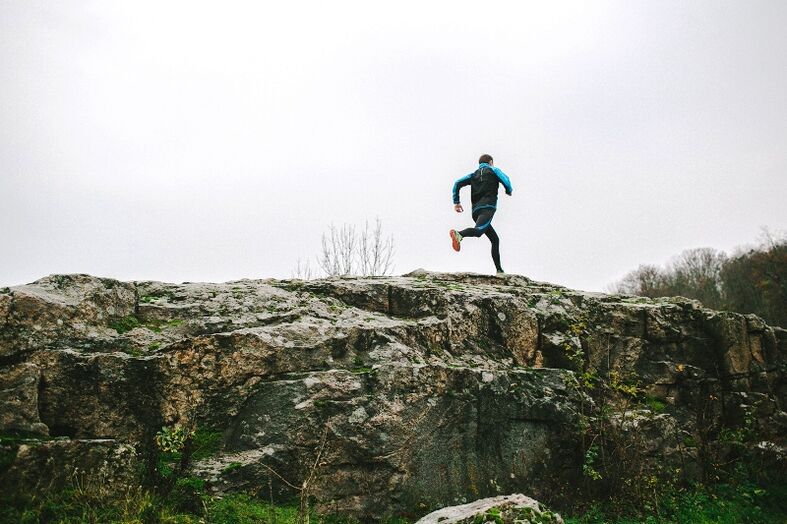
Surgical technique
Venous-type diseases sometimes need to be treated by surgeons, when all the symptoms of the disease accumulate and negatively affect each other, and the stage has long passed to the last quarter. They try to fight with a minimally invasive method. This is sclerotherapy with the introduction of certain substances that affect the walls of blood vessels. This is a microsclerotherapy that acts directly on the spider's veins. This is microthermocoagulation, working on a thin electrode, eliminating all bright external manifestations. These are laser endovasal coagulation and radiofrequency ablation of varicose veins - all of which act on the affected areas of the veins, providing a thermal effect. All this is necessary in order not to prescribe drastic measures and to carry out a real operation. There are already separate methods of a new type, which began to be applied only in the late 90's.
Transmuminal phlebectomy: a thin probe is inserted into the lumen of the diseased vein. Thanks to this, the doctor exercises control over the entire operation. An anesthetic is used. All affected areas are removed by aspiration.
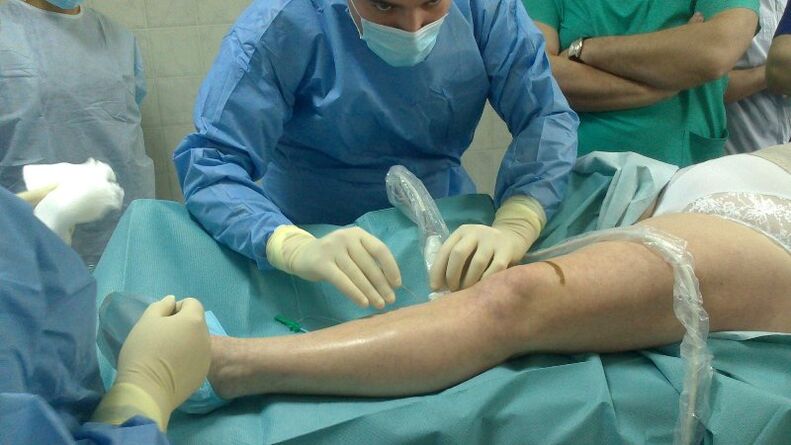
Endoscopic dissection: Perforating veins are ligated using endoscopic devices.
There are also separate operations to preserve the veins. They are aimed at restoring the functioning of the venous valves. There is a fixation of specialized structures that prevent the development of pathological nature. Hemodynamic surgery is sometimes used to relieve the affected veins by directing venous flows in other directions. Recurrences in these situations are common. Do not visit baths, saunas in the postoperative period, walk less often and do not lift heavy things.
Phlebologist's opinion:
The use of compression knitwear with elastic bandages is necessary not only for sports. With their help the initial signs of varicose veins are treated. If done correctly, there is an improvement in venous circulation. Often these treatments are prescribed for an unlimited period. Medications can be prescribed at any stage when varicose veins develop. If the pills are used insanely to treat a disease, the situation can only get worse. After a month, patients can eliminate various manifestations on the surface of the feet, when he begins to follow the doctor's recommendations. The drugs achieve an effect in which the inflammation disappears. These are angioprotectors, phlebotonics, disinfectants or anticoagulants.
Reviews
- The first answer, a 39-year-old woman, said: "The signs of varicose veins in my legs appeared about a year ago. This is my mother's inherited disease. Often, at the same time, atherosclerosis of the vessels occurs. In this case, in my casefolk remedies did not help to relieve the pain, although I also had internal varicose veins. I started doing prevention too late. The disease reached the small pelvis. I turned to a specialist who examined all the affected areas. treatment that relieved me of all unpleasant external manifestations for about a month. we can safely say that all women should go to the doctor immediately. Do not use all these methods of the grandmother. Only phlebologists will help you find drugs. They know everything aboutadvanced problems. "
- The second opinion, a woman, 52 years old: "Despite the fact that she constantly monitors her health, varicose veins still appear. I always go to the doctors just for an initial examination and diagnosis. The whole course took 3-4 weeks. Then alreadyI did purely preventive and restorative procedures. Now a little sport, proper nutrition, yes, in general, that's all. The disease has receded and, I hope, will never return. "























